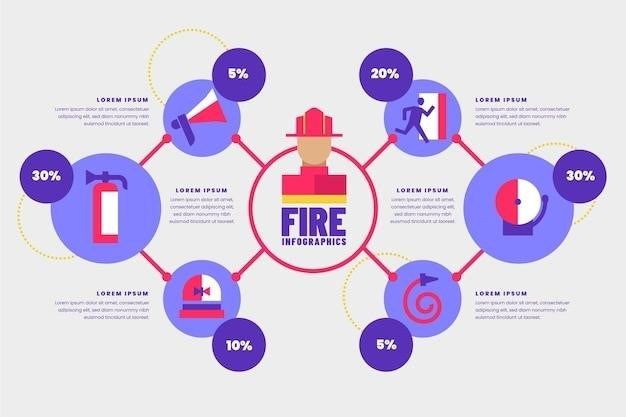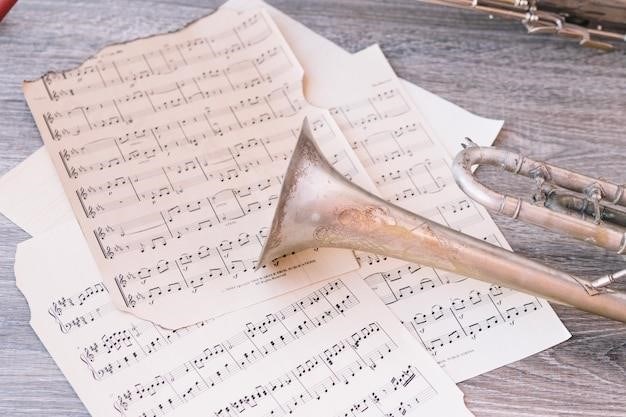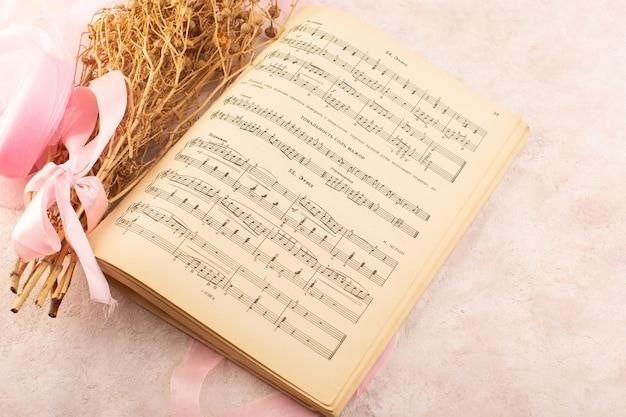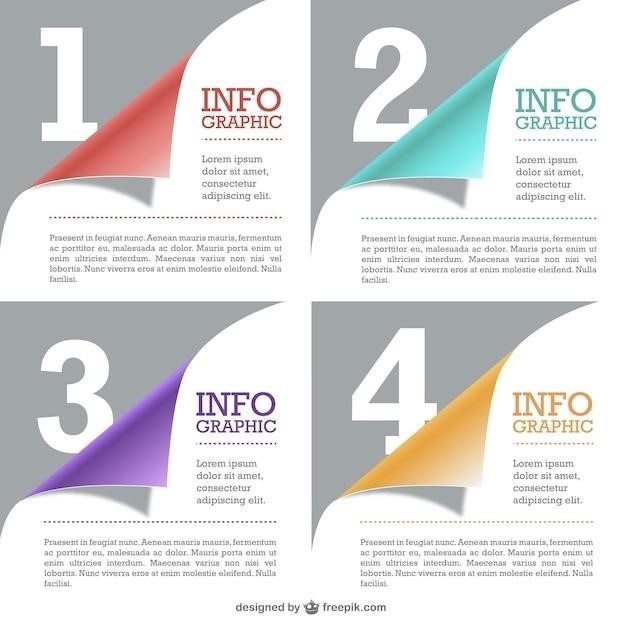Conservation biology is a relatively new field of science that emerged in the 1980s. It is a multidisciplinary field that draws on biology, ecology, genetics, and other fields to understand and address the biodiversity crisis. Conservation biology is concerned with the preservation and management of biodiversity, which includes the diversity of species, ecosystems, and genetic diversity. Conservation biology is a field of study that is critical to the future of our planet. It is a challenging and complex field, but it is also a rewarding one. By understanding the principles of conservation biology, we can all play a role in protecting the biodiversity of our planet.
The Emergence of Conservation Biology
The emergence of conservation biology as a distinct field of study can be traced back to the mid-20th century, a time marked by growing awareness of the rapid decline in biodiversity. While conservation efforts had existed previously, they were often fragmented and lacked a unified scientific framework. The realization that human activities were driving species extinctions at an unprecedented rate spurred the need for a more systematic and rigorous approach to conservation. This led to the development of conservation biology as a discipline dedicated to understanding the causes of biodiversity loss and developing strategies to mitigate it.
The term “conservation biology” was first used in the 1970s, but its formal establishment as a field is often attributed to the publication of a seminal paper by Michael Soulé in 1985. This paper, titled “What is Conservation Biology?” outlined the key concepts and principles of this emerging field, emphasizing its interdisciplinary nature and its focus on addressing the urgent threats to biodiversity. The establishment of the Society for Conservation Biology in 1985 further solidified conservation biology as a recognized scientific discipline.
The emergence of conservation biology coincided with a growing understanding of the interconnectedness of ecosystems and the importance of biodiversity for ecosystem services. This understanding underscored the need for a more holistic approach to conservation, recognizing the importance of protecting not only individual species but also entire ecosystems and their functions.
Key Concepts in Conservation Biology
Conservation biology is built upon a set of core concepts that guide its research and practices. These concepts provide a framework for understanding the threats to biodiversity and for developing effective conservation strategies. One of the most fundamental concepts is the recognition of the intrinsic value of biodiversity. This means that biodiversity has value in and of itself, independent of its usefulness to humans. This concept is often referred to as “biocentric ethics” and is a cornerstone of conservation biology.
Another key concept is the understanding of the interconnectedness of ecosystems. Conservation biology recognizes that species and ecosystems are not isolated entities but are intricately linked through complex ecological interactions. This interconnectedness means that the loss of one species or the disruption of one ecosystem can have ripple effects throughout the entire web of life. This concept emphasizes the importance of a holistic approach to conservation, considering the entire ecosystem rather than focusing solely on individual species.
Conservation biology also emphasizes the importance of scientific rigor and evidence-based decision-making. This means that conservation actions should be grounded in sound scientific data and analysis. This approach ensures that conservation efforts are effective and that resources are used wisely.

Biodiversity Crisis
The biodiversity crisis refers to the ongoing, rapid decline in the diversity of life on Earth. This crisis encompasses the loss of species, ecosystems, and genetic diversity, posing a significant threat to the planet’s ecological balance and human well-being. The primary drivers of this crisis include habitat loss and degradation, invasive species, pollution, overexploitation of resources, and climate change. The consequences of biodiversity loss are far-reaching, impacting ecosystem services such as pollination, water purification, and climate regulation, ultimately affecting human health, food security, and economic stability.
The loss of species is a particularly alarming aspect of the biodiversity crisis. Scientists estimate that extinction rates are currently hundreds or even thousands of times higher than natural background rates. This unprecedented loss of species is driven by habitat destruction, fragmentation, and degradation, which disrupt ecological communities and reduce the ability of species to adapt to changing environments. Furthermore, the loss of genetic diversity within populations reduces their resilience to environmental change, making them more vulnerable to extinction.
The biodiversity crisis is a complex and multifaceted problem, requiring a concerted effort from governments, organizations, and individuals to address its root causes and mitigate its impacts. Conservation biology plays a crucial role in this effort, providing the scientific knowledge and tools necessary to protect and restore biodiversity for future generations.
Human Impacts on Biodiversity
Human activities have profoundly impacted biodiversity, leading to the current crisis. These impacts are multifaceted and often interconnected, stemming from our exploitation of natural resources, alteration of habitats, and introduction of invasive species. Habitat loss and fragmentation, driven by agriculture, urbanization, and infrastructure development, are primary contributors to biodiversity decline. The conversion of natural ecosystems into farmland, housing developments, and roads reduces the availability of suitable habitat for countless species, isolating populations and hindering their ability to thrive.
Pollution, originating from industrial processes, agriculture, and waste disposal, contaminates air, water, and soil, harming organisms and disrupting ecosystems. Chemical pollutants, such as pesticides and herbicides, can accumulate in food chains, causing reproductive problems and other health issues. Climate change, exacerbated by human activities, is altering weather patterns, increasing the frequency and intensity of extreme events, and shifting species ranges, leading to habitat loss and ecosystem disruption. Furthermore, overexploitation of natural resources, such as overfishing and illegal wildlife trade, can deplete populations and drive species toward extinction.
Understanding the complex interplay of these human impacts on biodiversity is crucial for developing effective conservation strategies. By recognizing the interconnectedness of environmental issues and adopting sustainable practices, we can mitigate our negative impacts and contribute to the preservation of Earth’s rich biodiversity.
Conservation Genetics
Conservation genetics is a powerful tool that utilizes genetic principles to guide conservation efforts and ensure the long-term survival of species. It delves into the genetic diversity within populations, analyzing genetic variation, population structure, and gene flow to understand the evolutionary history and adaptation of species. This information is crucial for identifying populations at risk of extinction due to low genetic diversity, which can make them vulnerable to disease, environmental change, and inbreeding depression.
Conservation genetics plays a vital role in managing populations and designing effective conservation strategies. By studying genetic markers, scientists can track population sizes, identify gene flow patterns, and assess the genetic health of populations. This knowledge enables them to prioritize conservation efforts, establish protected areas, manage captive breeding programs, and develop strategies to mitigate the negative effects of genetic bottlenecks and inbreeding. Furthermore, conservation genetics can inform decisions regarding reintroduction programs, ensuring the genetic diversity and adaptability of reintroduced populations.
The field of conservation genetics is continuously advancing, with new technologies and analytical methods being developed to address complex conservation challenges. By leveraging genetic insights, conservation biologists can make informed decisions that contribute to the preservation of biodiversity and the resilience of ecosystems.
Conservation Strategies
Conservation strategies are the practical actions and approaches implemented to address the biodiversity crisis and protect endangered species and ecosystems. These strategies are carefully crafted, drawing upon scientific knowledge and a deep understanding of the threats facing biodiversity, to ensure the long-term survival of species and the health of ecosystems. Conservation strategies encompass a wide range of approaches, from habitat protection and restoration to species management and community engagement.
One cornerstone of conservation strategies is habitat conservation, which focuses on protecting and managing critical habitats for endangered species and ecosystems. This involves establishing protected areas, such as national parks and wildlife refuges, to safeguard habitats from human encroachment and development. Conservation strategies also prioritize habitat restoration, which involves restoring degraded habitats to their natural state, by removing invasive species, replanting native vegetation, and creating suitable conditions for the return of wildlife.
Species management is another crucial component of conservation strategies. This involves developing plans to manage populations of endangered species, which may include captive breeding programs, reintroduction efforts, and population monitoring. Conservation strategies also emphasize community engagement, recognizing the importance of local communities in conservation efforts. Engaging with local communities and indigenous peoples ensures their participation in decision-making processes and promotes sustainable practices that benefit both people and nature.
Habitat Restoration and Management
Habitat restoration and management are essential components of conservation biology, playing a crucial role in mitigating the impacts of habitat loss and degradation on biodiversity. Habitat restoration involves the process of returning degraded or destroyed habitats to their natural state or a close approximation of their original condition. This can involve a range of techniques, such as removing invasive species, replanting native vegetation, controlling erosion, and restoring water flow patterns. Habitat management, on the other hand, focuses on maintaining and enhancing existing habitats to ensure the long-term survival of the species they support.
Habitat restoration and management are particularly important in areas that have been impacted by human activities, such as deforestation, agriculture, and urbanization. For example, restoring degraded forests can provide habitat for a wide range of species, including endangered animals and plants; Restoring wetlands can help to control flooding, improve water quality, and provide habitat for migratory birds. Habitat restoration and management are complex and challenging processes that require careful planning, coordination, and long-term commitment. However, the benefits of these efforts are significant, contributing to the recovery of endangered species, the restoration of ecosystem services, and the preservation of biodiversity for future generations.
Wildlife Management and Conservation
Wildlife management and conservation are critical aspects of conservation biology, focusing on the sustainable use and protection of wild animal populations. Wildlife management involves the application of scientific principles and practices to maintain healthy and productive wildlife populations while considering the needs of humans and the environment. This includes activities such as setting hunting and fishing regulations, controlling disease outbreaks, managing habitat, and mitigating human-wildlife conflicts. Conservation, on the other hand, emphasizes the preservation of wildlife populations and their habitats for future generations, often involving efforts to protect endangered species, restore degraded habitats, and address threats such as habitat loss, poaching, and climate change.
Effective wildlife management and conservation require a deep understanding of wildlife ecology, population dynamics, and human-wildlife interactions. It often involves collaborations between scientists, government agencies, conservation organizations, and local communities. Successful wildlife management and conservation programs aim to balance the needs of humans and wildlife, ensuring the long-term survival of wild animal populations while promoting sustainable use and appreciation of these valuable natural resources.
Conservation Biology in Action
Conservation biology is not just a theoretical field; it is a discipline that translates into practical action to protect and restore biodiversity. Conservation biologists are actively involved in a wide range of projects and initiatives around the world, working to address the challenges of habitat loss, climate change, invasive species, and other threats to biodiversity. These efforts often involve a combination of scientific research, conservation planning, and community engagement.
Examples of conservation biology in action include habitat restoration projects, such as reforestation efforts in degraded areas or the creation of wildlife corridors to connect fragmented habitats. Conservation biologists also play a key role in developing and implementing species recovery plans for endangered and threatened species, which may involve captive breeding programs, habitat management, and reducing threats to the species’ survival. Additionally, they contribute to the establishment of protected areas, such as national parks and wildlife sanctuaries, to safeguard critical habitats and biodiversity hotspots.
Conservation Biology and Environmental Science
Conservation biology is intricately linked to environmental science, forming a synergistic relationship where both disciplines contribute to a comprehensive understanding and solution to environmental challenges. Environmental science encompasses a broad spectrum of studies related to the interactions between humans and the natural world, covering aspects like pollution, resource management, climate change, and ecosystem health. Conservation biology, with its focus on biodiversity, plays a crucial role within this broader context by providing insights into the ecological processes that underpin ecosystem stability and resilience.
Conservation biology’s understanding of biodiversity patterns, species interactions, and ecosystem functioning informs environmental science by providing a framework for assessing the impacts of human activities on the environment. For instance, conservation biology’s knowledge of species extinction risk can guide environmental policies aimed at minimizing habitat loss and pollution, while its insights into ecosystem services, such as pollination and water filtration, can inform sustainable resource management practices. In essence, conservation biology provides a critical lens through which environmental science can effectively address the challenges of maintaining a healthy and sustainable planet.
The Future of Conservation Biology
The future of conservation biology is inextricably intertwined with the trajectory of human society and its relationship with the natural world. As human populations continue to grow and exert increasing pressure on natural resources, the challenges faced by conservation biology are likely to become more complex and multifaceted. However, the field is also poised for significant advancements, driven by technological innovations and a growing understanding of ecological processes.
Emerging technologies, such as remote sensing, genomics, and artificial intelligence, have the potential to revolutionize conservation biology by providing new tools for monitoring biodiversity, predicting environmental changes, and developing targeted conservation strategies. Moreover, a deeper understanding of ecological interactions, coupled with a greater appreciation for the value of biodiversity, is fostering a shift towards more holistic and integrated approaches to conservation. This includes recognizing the interconnectedness of ecosystems and the importance of considering social and economic factors in conservation planning.
References
The references section in a conservation biology PDF note is a crucial component, providing a foundation for the information presented and enabling further exploration of the topic. It lists the sources used in the document, allowing readers to verify the information and delve deeper into specific aspects of conservation biology. These references can include academic journals, books, reports, and online resources, each contributing to the overall understanding of the field.
The references are organized in a consistent manner, typically alphabetically by author or source title. Each entry includes essential details such as the author(s) name(s), publication year, title of the work, journal or book title, volume and issue numbers, and page range. This standardized format ensures clarity and facilitates easy access to the referenced material. Additionally, the references section often includes a brief description of the source’s content, highlighting its relevance to the overall topic of conservation biology.
The conclusion of a conservation biology PDF note serves as a powerful reminder of the importance and urgency of protecting biodiversity. It synthesizes the key concepts discussed throughout the document, emphasizing the interconnectedness of life on Earth and the profound consequences of biodiversity loss. The conclusion highlights the multifaceted nature of conservation biology, encompassing scientific research, policy development, and public engagement.
It underscores the need for a multidisciplinary approach, involving scientists, policymakers, educators, and the general public, to address the challenges facing our planet. The conclusion emphasizes the crucial role of each individual in promoting sustainable practices and advocating for conservation efforts. It concludes with a call to action, urging readers to engage in responsible stewardship of the natural world and contribute to a future where biodiversity thrives.


















